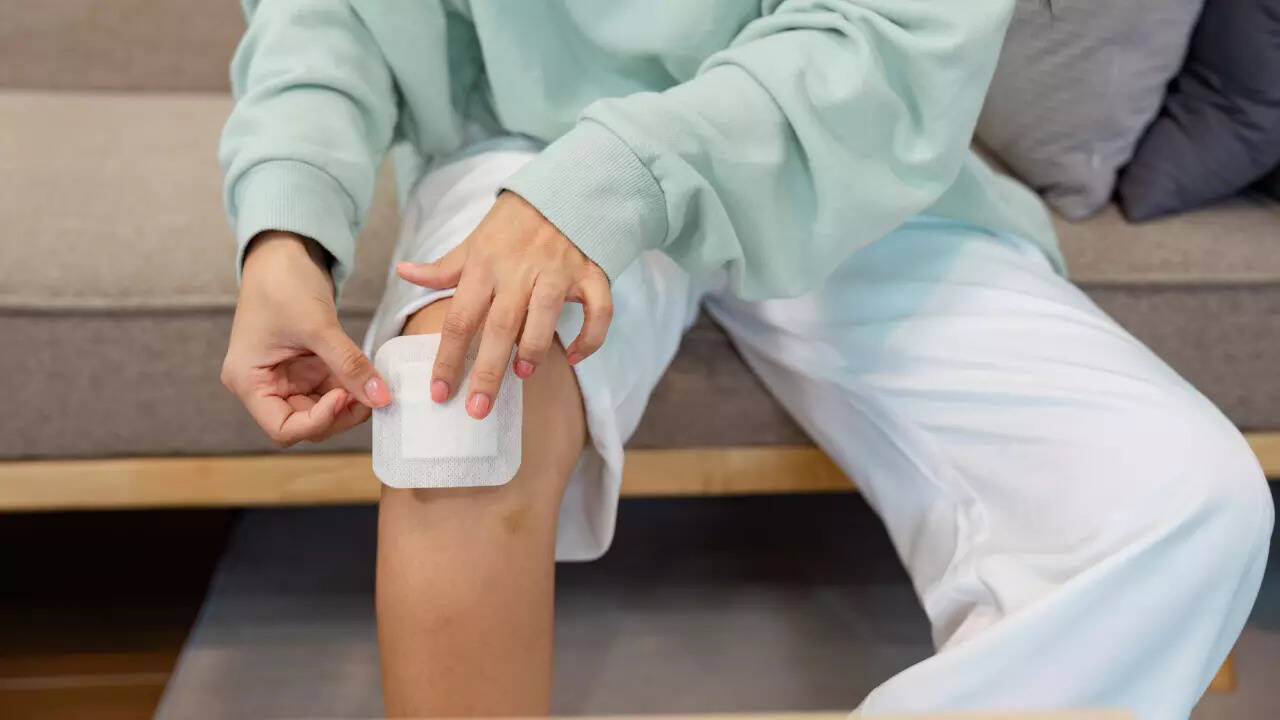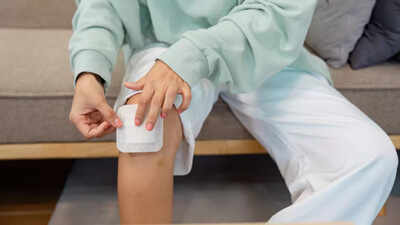A seemingly harmless cut landed a mom of three in a hospital, where she almost reached the point of losing her life. Genevieve Gallagher, a 49-year-old mom of three from Florida, came close to losing both her leg and her life after contracting a rare flesh-eating bacterial infection.The woman, along with her husband Dana Gallagher and their 7-year-old daughter Mila, went out boating in Pensacola Bay on July 27. This was a regular ritual in their leisure time. This time around, the woman had a small cut on her left leg. She used a waterproof band-aid to cover the wound. “At the end of the day, I washed it out real good with our fresh water rinse. Me and my daughter went home… washed up and everything. Monday, everything was fine. Tuesday, everything was fine. Wednesday is when all hell broke loose,” the woman told ABC News.

The woman, who is a healthcare worker, noticed her left leg swollen and hot. Sh ran to the bathroom and saw that her ankle bracelet was embedded in her leg. The swelling almost ate it up. Using a doctor’s shears, she cut the anklet off, but what followed was traumatic. Her leg turned black in colour, and bubbles of liquid started forming all over her leg.Soon, the doctors diagnosed her with a Vibrio bacterial infection in the emergency room. This virus is sometimes called the flesh-eating bacteria. On July 30, she started to go into septic shock, and her organs began to fail. The doctors worked hard to save her leg and life. They removed skin and muscle from the knee to the ankle to stop infection. She underwent multiple surgeries and muscle grafts. She is recovering, but still hospitalized, and is now creating awareness around this condition. “I do not want this to happen to anybody else. This is the most traumatic thing that has ever happened ... not only to me [but also] to my family,” Gallagher said.
What is vibriosis ?

File Photo
A vibrio infection is caused by the vibrio bacteria that is found in coastal waters, including salt water and brackish water. They are seen in high numbers in May through October, when the temperature of the water is high.The infection is called vibriosis. Some of the most common species that cause illness in the US include:
- Vibrio parahaemolyticus
Vibrio vulnificus - Vibrio alginolyticus
According to the Centers for Disease Control and Prevention, about 80,000 cases of vibriosis are reported each year in the United States.One gets the infection by eating raw or undercooked shellfish, particularly oysters. An open wound coming in contact with coastal waters can also lead to vibriosis.
What are the symptoms?

Some of the common signs and symptoms of a vibriosis include:
- Watery diarrhea
- Stomach cramps
- Nausea
- Vomiting
- Fever
- Chills
In bloodstream infection, the symptoms are:
- Fever
- Chills
- Dangerously low blood pressure
- Blistering skin lesions
If contracted through wound infection, the symptoms are:
- Fever
- Redness
- Pain
- Swelling
- Warmth
- Discoloration (turning a color other than normal)
- Discharge (leaking fluids)











